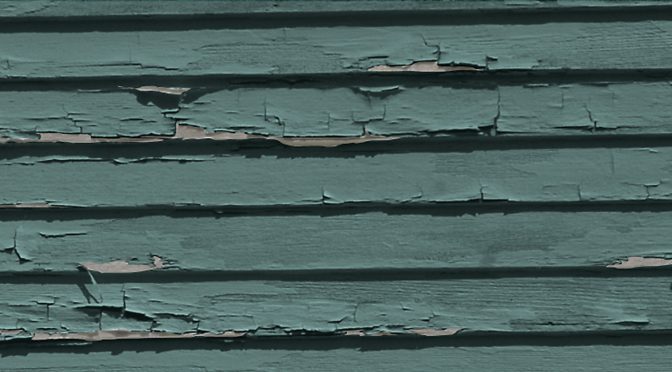Answers to pro painters’ most pressing questions by Rick Watson
I need to repaint an old house with peeling issues. Any advice?
Here’s what I recommend:
- First, remove as much paint as possible by scraping, sanding or other appropriate means.* Test the coating surrounding any peeled areas out about six to 12 inches to be sure the adhesion is adequate. Recognize that any surface preparation short of total removal of the old coating may compromise the service length of the new system.
- Next, prime the bare surface with the appropriate primer and caulk where necessary (especially at angles and crevices) to eliminate any opportunity for moisture to penetrate into the substrate.
- Clean and repair gutters so they properly channel water away from the house. Install vents, louvers, fans and dehumidifiers to relieve moisture, especially in the kitchen, bathroom, and laundry area. Siding wedges can be installed to allow the moisture to escape between the boards instead of through them.
- If wood siding is touching the ground, remove that portion of the wood. Siding should come down no further than six inches above the ground. If a wood surface is deteriorated, replace it using cedar, redwood or pressure-treated wood.
- Prime the butt ends of the wood before installation to reduce moisture penetration. Follow label and data page directions for proper surface preparation and environmental conditions. Be sure the surface is dry prior to painting.
One point to keep in mind
The coatings you apply over the old wood and coatings are only as good as the existing substrate. Painting over gray deteriorated wood will always result in peeling eventually. Without the total removal of the existing coatings or even substrates, you will always have to play catch-up.
Important: Read this before you prep
*WARNING! Removal of old paint by sanding, scraping or other means may generate dust or fumes that contain lead. Exposure to lead dust or fumes may cause brain damage or other adverse health effects, especially in children or pregnant women. Controlling exposure to lead or other hazardous substances requires the use of proper protective equipment, such as a properly fitted respirator (NIOSH approved) and proper containment and cleanup. For more information, call the National Lead Information Center at 1-800-424-LEAD (in US) or contact your local health authority.
This article was originally published in the Fall 2016 issue of PPC magazine. s questions from pro painters in the Ask Your ProPartner™ column in PPC magazine.
Got a question for Rick?
CONTACT US

